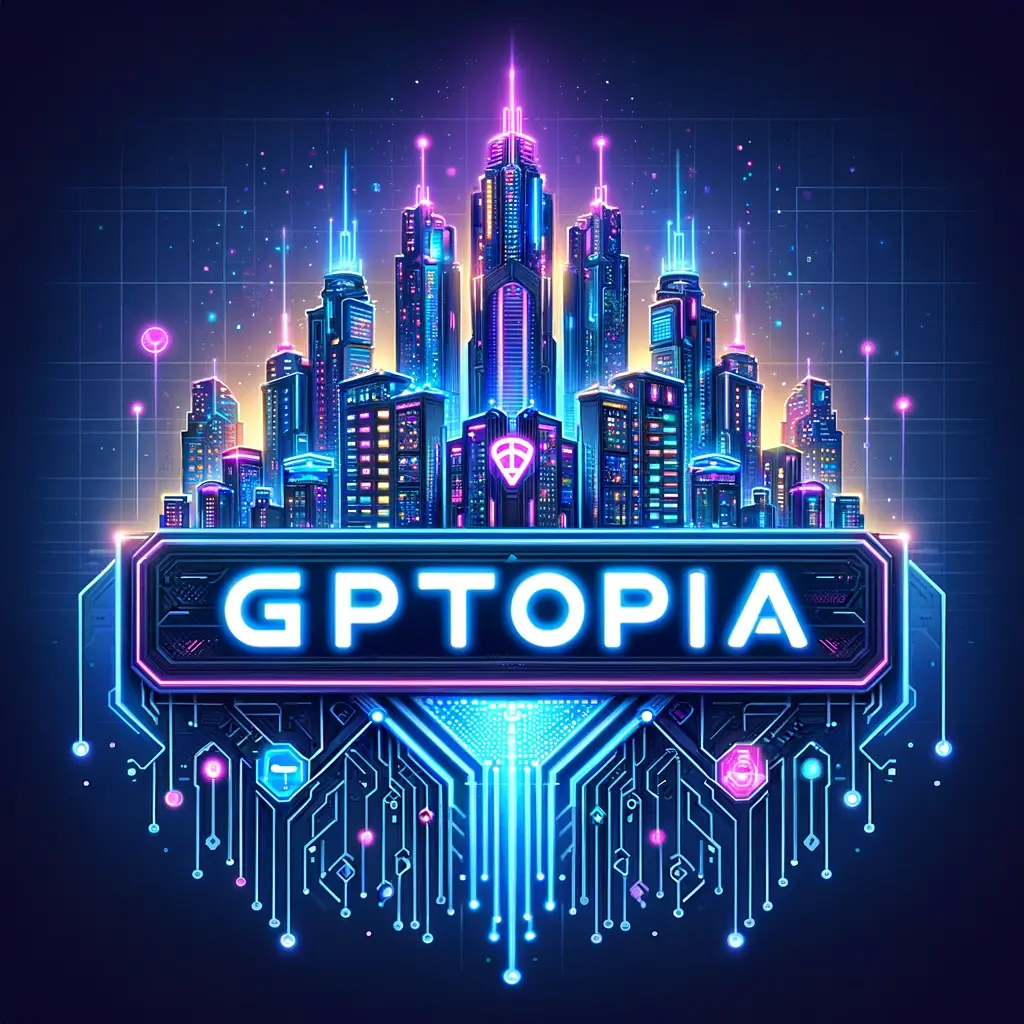complete article index can be found at
https://ideabrella.com/papers/articles
Interoperability and Integration: Building the AI Toolbox of the Future : ZEN 💡
·
As artificial intelligence (AI) becomes increasingly sophisticated and specialized, the challenge of integrating diverse AI systems into cohesive workflows has grown more pressing.
Interoperability and integration are at the core of creating a seamless AI toolbox, enabling organizations to unlock the full potential of their AI investments.
This article examines the principles, strategies, and future implications of interoperability in AI design and deployment.
Understanding Interoperability in AI
What Is Interoperability?
Interoperability refers to the ability of different AI systems, tools, and platforms to work together effectively.
Key features include:
Standardized Communication: AI components use common protocols to exchange information.
Seamless Integration: Diverse systems collaborate without requiring significant reconfiguration.
Extensibility: Systems can incorporate new tools and technologies without disrupting workflows.
Why Interoperability Matters
Efficiency: Streamlining processes by eliminating manual intervention.
Scalability: Allowing systems to grow and adapt as needs evolve.
Innovation: Fostering collaboration across different AI domains.
Principles of Interoperability
Common Standards
Developing universal standards for AI systems ensures:
Compatibility across different tools and platforms.
Reduced integration costs and complexity.
Modular Design
Building systems with modular components enables:
Easy replacement or upgrading of individual modules.
Flexibility to adapt to new use cases.
Data Portability
Ensuring data can move freely between systems involves:
Using standardized formats (e.g., JSON, XML).
Maintaining data integrity during transfers.
Secure Integration
Protecting sensitive data during integration requires:
Encrypted communication channels.
Robust authentication protocols.
Strategies for Achieving Interoperability
Open APIs and SDKs
Providing developers with tools to integrate third-party solutions.
Encouraging innovation by enabling external contributions.
Middleware Solutions
Middleware acts as a bridge between different systems by:
Translating data formats and communication protocols.
Managing interactions between disparate tools.
Collaborative Ecosystems
Fostering partnerships between organizations and developers promotes:
Shared innovation and resource pooling.
Creation of interoperable tools that benefit entire industries.
Continuous Testing and Validation
Ensuring interoperability requires:
Rigorous testing across multiple scenarios and environments.
Regular updates to address compatibility issues.
Applications of Interoperable AI Systems
Healthcare
Integrated Diagnostics: Combining imaging analysis, genomic data, and patient history for comprehensive diagnostics.
Interoperable Medical Devices: Ensuring seamless data flow between wearable devices and healthcare platforms.
Smart Cities
Traffic Management: Integrating data from autonomous vehicles, public transport, and IoT sensors.
Energy Efficiency: Coordinating renewable energy sources, storage systems, and smart grids.
Finance
Fraud Detection: Merging AI systems for transaction monitoring, risk analysis, and anomaly detection.
Investment Strategies: Combining market analysis tools with predictive algorithms.
Manufacturing
Supply Chain Optimization: Linking AI-driven logistics, inventory management, and demand forecasting.
Automation: Enabling collaboration between robots, sensors, and planning systems.
Education
Personalized Learning: Integrating AI tutors, content recommendation engines, and progress tracking systems.
Collaborative Platforms: Creating unified environments for teachers, students, and administrators.
Challenges of Interoperability
Complexity of Integration
Balancing simplicity with functionality during system design.
Managing dependencies between interconnected tools.
Lack of Standards
Addressing fragmentation across industries and regions.
Encouraging adoption of universal protocols and frameworks.
Security Risks
Protecting data privacy during cross-platform interactions.
Implementing safeguards against unauthorized access.
Resource Demands
Allocating computational and human resources for seamless integration.
Ensuring scalability without excessive costs.
The Future of Interoperability
AI Marketplaces
Platforms will emerge to:
Offer plug-and-play AI tools with guaranteed compatibility.
Facilitate collaboration across organizations and industries.
Autonomous Integration
Advancements in AI will enable systems to:
Self-configure and integrate without human intervention.
Adapt dynamically to new environments and requirements.
Industry-Wide Standards
Global organizations will drive initiatives to:
Establish universal standards for AI interoperability.
Promote open-source frameworks to accelerate innovation.
Synergy with Emerging Technologies
Interoperable AI systems will integrate seamlessly with:
Blockchain: Ensuring secure and transparent interactions.
Edge Computing: Enabling real-time decision-making across distributed systems.
Quantum Computing: Enhancing capabilities for complex problem-solving.
Conclusion
Interoperability and integration are essential for building the AI toolbox of the future.
By prioritizing standardized communication, modular design, and secure integration, organizations can create flexible, scalable, and innovative AI ecosystems.
As technology evolves, interoperable systems will drive efficiency, collaboration, and transformative progress across industries, setting the stage for a new era of AI-driven innovation.









